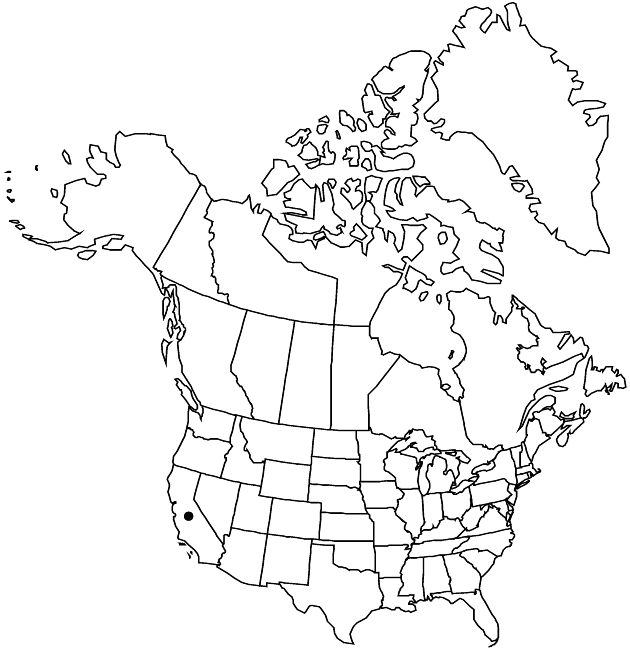Difference between revisions of "Xylorhiza orcuttii"
Pittonia 3: 48. 1896.
Common names: Orcutt’s woody-aster
Basionym: Aster orcuttii Vasey & Rose Bot. Gaz. 16: 113. 1891
Synonyms: Machaeranthera orcuttii (Vasey & Rose) Cronquist & D. D. Keck
imported>Volume Importer |
imported>Volume Importer |
||
| Line 58: | Line 58: | ||
|publication year=1896 | |publication year=1896 | ||
|special status= | |special status= | ||
| − | |source xml=https:// | + | |source xml=https://bitbucket.org/aafc-mbb/fna-data-curation/src/2e0870ddd59836b60bcf96646a41e87ea5a5943a/coarse_grained_fna_xml/V19-20-21/V20_929.xml |
|tribe=Asteraceae tribe Astereae | |tribe=Asteraceae tribe Astereae | ||
|genus=Xylorhiza | |genus=Xylorhiza | ||
Latest revision as of 20:06, 5 November 2020
Shrubs, 50–150 cm. Stems branched to near apices, glabrous (younger stems and branchlets glabrous, eglandular). Leaf blades spatulate to oblong or lanceolate, 5–26 mm wide, bases attenuate to cuneate or subauriculate-subclasping, margins flat, spinulose-dentate to subentire, faces glabrous or sericeous along veins. Peduncles 1–7 cm. Involucres 17–20 × 20–45 mm. Phyllaries tightly appressed, outermost glabrous, innermost equaling or longer than mid. Ray florets (18–)27–38(–45); corollas light blue to lavender. Style-branch appendages shorter than stigmatic lines. 2n = 12.
Phenology: Flowering (Nov–)Jan–Apr(–Jun).
Habitat: Slopes and ravine bottoms, rocky sand and clay of high pH, in relatively barren areas dominated by creosote bush and cactus
Elevation: 20–300 m
Distribution

Calif., Mexico (Baja California).
Discussion
Of conservation concern.
Xylorhiza orcuttii grows in Imperial, Riverside, and San Diego counties.
Selected References
None.
Lower Taxa
None.